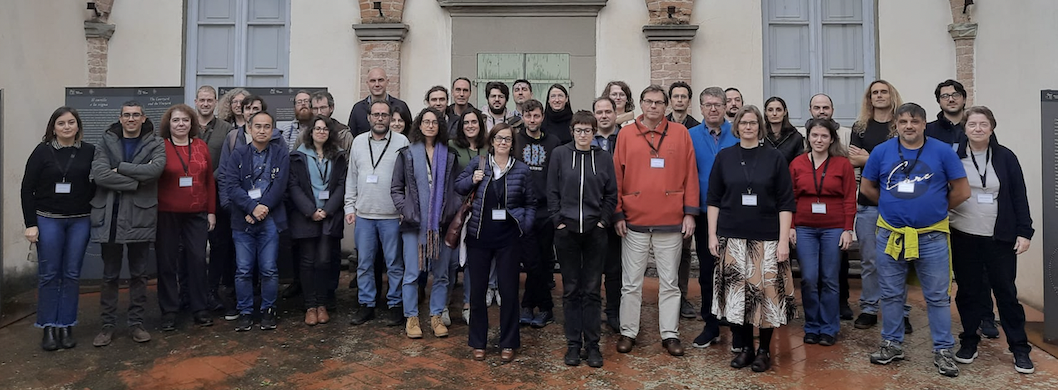Speaker
Description
While some young stars are clustered, many other young stars are observed as dispersed,
non-gravitationally bound groups, or in complete isolation. Using N-body simulations,
we study dispersal of young open star clusters of a wide range of initial masses.
We find that observational data are consistent with the assumption that all stars form
in initially embedded star clusters, which loose most of their members at their early
age as the consequence of expulsion of the residual gas. Our model predicts that
the fraction of young stars (age less than 10 Myr) to be observed in gravitationally
bound clusters shows only a weak dependence on the star formation rate per unit area
of the galaxy. This result contrasts to the analytical work due to Kruijssen 2012,
which predicts that the fraction of young stars in gravitationally bound clusters is
a strong function of the star formation rate of the galaxy, and that only the galaxies
with high rates of star formation form a noticeable fraction of stars in clusters.

